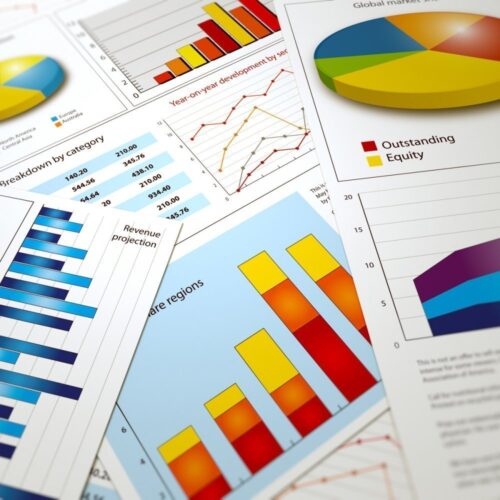PRODUCTION AND COST ANALYSIS: DETERMINING THE OPTIMAL LEVEL OF OUTPUT
Determining the optimal level of output involves finding the level of production at which the cost of producing each additional unit of output is minimized. This point is also known as the point of minimum average cost or the point of minimum long-run average cost.
To determine the optimal level of output, you need to conduct a production and cost analysis. This analysis involves calculating the total cost of producing different levels of output, as well as the average cost of producing each unit of output. The following steps can guide you through the process:
- Determine the production function: The production function shows the relationship between the inputs used in production and the resulting output. It is typically expressed as Q = f(K,L), where Q is the level of output, K is the amount of capital used, and L is the amount of labor used.
- Calculate the total cost: The total cost of producing a given level of output is the sum of all the costs incurred in the production process. These costs include fixed costs (such as rent and equipment costs) and variable costs (such as labor and materials costs).
- Calculate the average cost: The average cost of producing each unit of output is calculated by dividing the total cost by the level of output.
- Plot the average cost curve: The average cost curve shows the relationship between the level of output and the average cost per unit of output. This curve typically has a U-shape, reflecting the fact that there are economies of scale at low levels of output and diseconomies of scale at high levels of output.
- Find the point of minimum average cost: The optimal level of output is the level at which the average cost is minimized. This point is found by identifying the minimum point on the average cost curve.
Once you have identified the optimal level of output, you can use this information to make production decisions, such as determining how many workers to hire or how much raw material to order.


